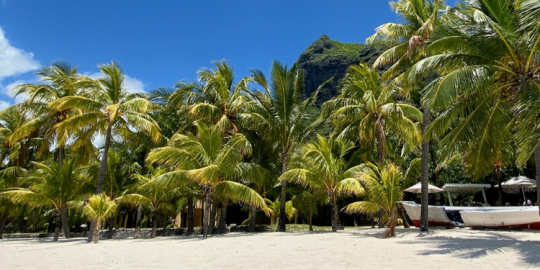Living in Iran guide for expats
All the information you need to relocate and live in Iran.
About Iran
Before 1935, the Islamic Republic of Iran was known as Persia, and the country has maintained its distinct cultural identity by retaining its own language, Persian (Farsi), and adhering to the Shia interpretation of Islam.
The 1.65 million km² republic has the second largest population in the region (estimated at over 80 million), after Egypt. Considered by many to be one of the friendliest countries in the world, expats can expect to be welcomed warm-heartedly in Iran, in spite of its reputation for oppression and conflict in modern history. It is a common occurrence for Iranians, a nation made up of numerous ethnic groups, to ask foreigners to sit down for tea and share a meal in their homes.
Attractions include the turquoise-tiled domes and minarets of Naqsh-e Jahan Square and other magnificent mosques in Yazd and Shiraz. Palaces, gardens, and artfully-designed bridges and public buildings all lend beauty to the cities, and it cannot be denied that Iran is a treasure trove for some of the most exquisite architecture on the planet. The country is steeped in history at every turn, and walking around Persepolis and Susa, or admiring the Unesco-listed ziggurat at Chogha Zanbil, which is arguably the world's best surviving example of Elamite architecture, will whisk you away to the days of Ancient Persia.
Iran's dramatic landscapes are bound to impress too. Iran's capital, Tehran, sits on a plain at the foot of the Alborz Mountains, and Mt Tochal creates a stunning backdrop to the city. This mountain range also provides expatriates with fantastic skiing in the winter and hiking in the summer, while the classic desert oasis of Garmeh, in contrast, entices visitors with its camel treks.
In spite of its numerous attractions and natural beauty, the Islamic Republic of Iran has faced a lot of political issues, violence and natural disasters in the last half-century, along with the task of rebuilding its struggling economy. However, the Iranian economy has bounced back in recent times, due to the robust growth in oil exports, and it is the second largest economy in the Middle East and North Africa region, after Saudi Arabia. The republic's economy is characterised by agriculture, services, and the hydrocarbon sector. According to the World Bank, 'Iran ranks second in the world in natural gas reserves and fourth in proven crude oil reserves.'
As economic activity still largely depends on oil revenues, it does remain volatile. However, in spite of the dominance of the oil sector, there are some signs of dynamism in non-oil sectors as well, and recent developments suggest these are likely to play a bigger role in the next few years.
The country's growth prospects are believed to rely on the republic's reintegration with the global economy in terms of banking, trade and investment, as well as the implementation of key structural reforms. Foreign direct investment and trade relationships will hopefully become less restrained if Iranian banks are quicker to establish relationships with large international banks, so potential opportunities remain for expats looking to work in this stunning part of the world.





